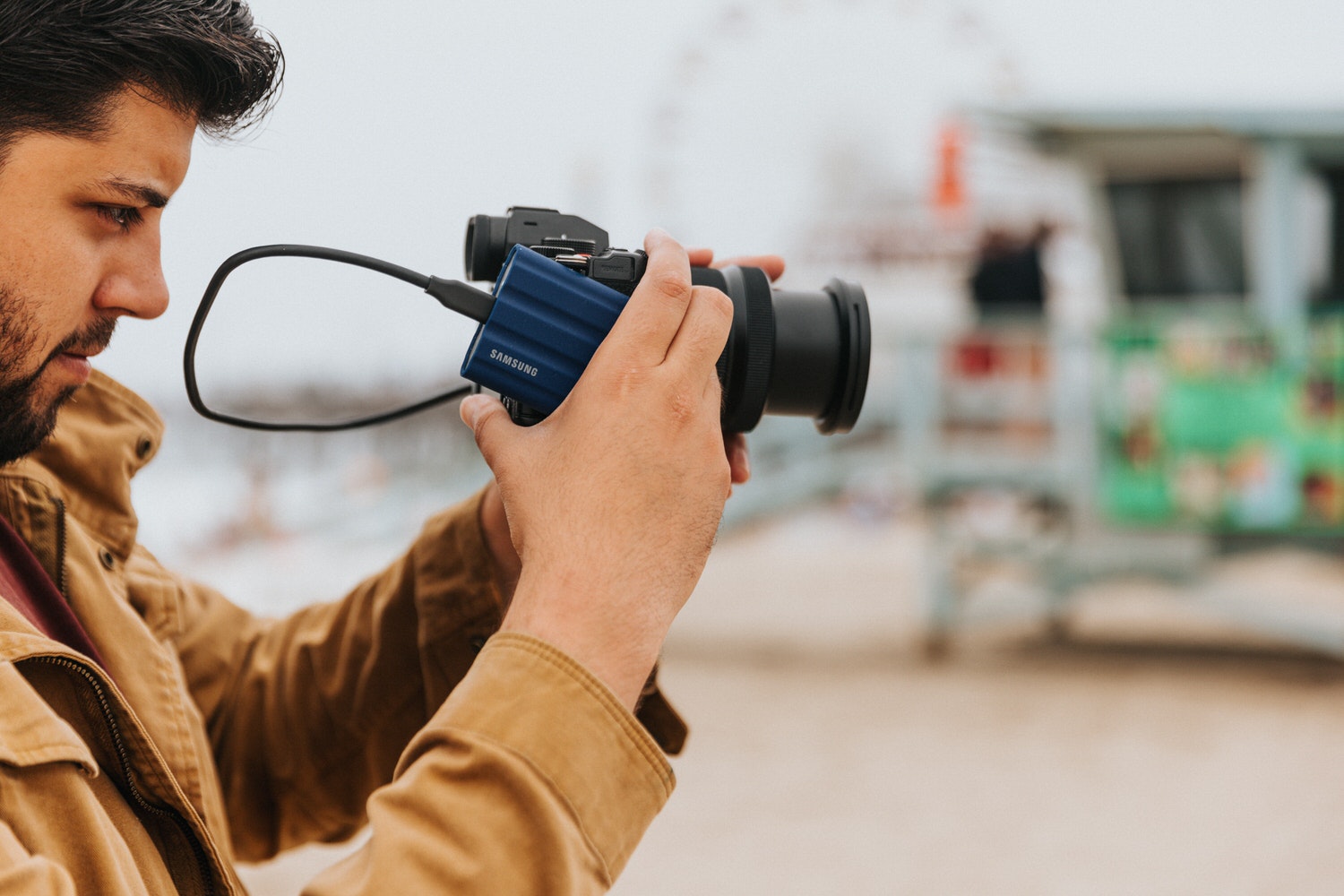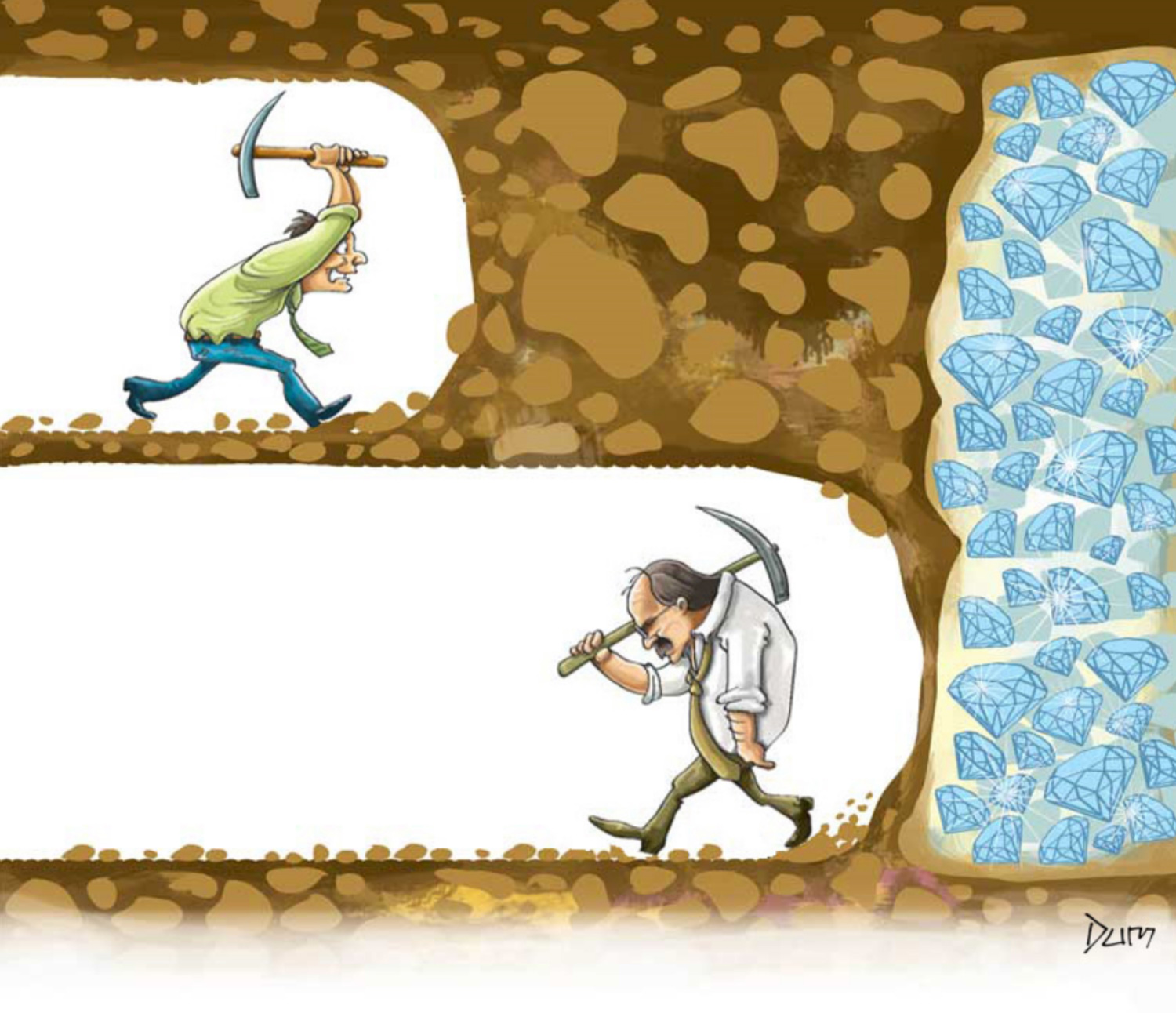7 great tips for starting a photography business in 2023
Matthew James Oxlade
When I started with photography, I had idea where to start. I had topped my class in business, done a business degree at one of Australia’s leading universities for technology and business, and still was lost.
Why?
Because arts business is different.
7 tips for starting a photography business
1. Understand the basics of business
Sounds obvious, right? You take photos and send an invoice and bank the money, rinse, repeat. Not so fast.
What type of business do you need to register as? How much tax do you need to pay on your earnings? What terms and conditions do you have included on your invoice and how do they suit your client’s needs?
Every country has different rules for doing business. If you don’t understand how to establish and run a business in your country, you’re going to run the risk of facing hefty fines or tax bills later on you didn’t budget for.
2. Understand your operating costs
Every dollar you make does not go into your wallet. Much like a business with a tangible product cost like a restaurant, photographers need to think about what costs they need to pay to deliver the photos. It’s called a profit loss statement for a reason. The risk of loss is real and that’s normal, but worth realistically planning for to avoid losing money on every job.
Obviously your earnings should be higher than the cost to produce the work. Digital services are often overlooked in fledgling businesses because the products are seen to be inexpensive and also aren’t tangible. Trust me, they do stack up.
Some of the costs associated with running my photography business include:
- Adobe CreativeCloud subscription
- Cloud hosting for photo delivery (Dropbox)
- Website hosting
- SEO optimisation tool
- Paid social media
- Internet connection
- Laptop
- Camera and lens
- Maintenance of equipment
Understanding your operating cost is crucial. Just thinking, “I’ll just see how I go”, is an innocent-sounding approach but lacks the discipline needed for a long-term successful business.
3. Positively contribute to the community
This one is very important, but also comes with an equally-as-important warning.
Community is everything. Community can help you learn and grow as an artist and takes more than just yourself to operate. Photography is often seen as a singular job because most times it does take just yourself to get it done, but there are instances where a second shooter is needed.
If I fall sick or can’t do a job because I’m busy, I recommend people I know to be good people before recommending an unknown with a strong portfolio.
A strong community looks within itself to fill those roles before hiring an unknown.
Now for the warning – in any community there are wolves in sheep’s clothing. Find the people with truly positive intentions, selflessness and mutual knowledge exchange and boost those people. Don’t go into communities assuming it’s exclusively comprised of people with similar intentions as you. The world is cruel, and so can business. Protect yourself and lead by example in the community and you will see some really positive benefits.
4. Price for your time
One of the hardest things to do with any creative business is to decide what your job rate is. It’s equally as hard if you decide to charge per job, or per hour, but it’s important to be realistic with how much to charge for photography.
You only have a certain number of hours in the day, and the wise saying of time being the most valuable thing (Theophrastus, philosopher dude) rings true here. You should charge a rate knowing full-well how long it will take you to deliver the job.

My rate is $165 per hour, and while I’m not shy about that, it did take me a long time to get comfortable with sharing it with others. If I wasn’t worried others would undercut me, I was worried it was too expensive for the client. Truth-be-told, my hourly rate was once much lower than that when I started, at $75 per hour. An hour is an hour, but my time became more scarce and the work started to pour in. I was worried that when I increased my rate, the work would disappear in favour of a cheaper creative. I’m sure I lost some work for this reason, but I remained satisfied with my work long-term because I felt my time was always priced appropriately.
Side note! Of course I didn’t increase my rate from $75 to $165 overnight. As I became more experienced with business and my output was trusted, I increased it accordingly. The important note to this story is that the value on your time is whatever you and your client decide is fair, but most importantly, it’s what you decide your time is valued at. There is no right or wrong answer.
5. Offer scope alternatives
If your rate is too high for a client’s budget allocation for the work, it’s never a clean and simple ‘no’. When a band asks me to do a photo shoot for new portraits, I tell them all the same thing, and it’s never a discount on a full service experience. It’s an alternative service arrangement.
I explain what my full rate is and that they should expect around 8 hours to be billed plus travel time. Seven hours includes scoping locations, setting up lights, shooting and editing the photos. Generally emerging bands have a very small budget to work with, so I also offer them an exterior shoot with no location scoping or lighting setup. I say, “We can reduce the rate by you picking a location, and us doing one hour of photography together and me doing two hours of editing afterwards. However many photos that nets you is what will be the result, but your rate will be fixed to three hours”.
I don’t change the value of my hourly rate. I provide a smaller scope of work that still meets the clients needs as a compromise. If I don’t offer that alternative scope of work, I would hear a ‘no’ and lose the job all together.
Don’t be afraid of proposing an alternative scope of work that still meets the clients needs.
6. Repeat work is only repeat work when it repeats
The sixth of the seven tips for starting a photography business is about your repeat clients. Your repeat clients are angels. Some of the highest highs in any creative business is knowing that your repeat clients return to you because they’re happy with the output and they trust your work.

Don’t devalue yourself early on hoping it will result in more work later on because it’s never guaranteed. There are a small number of clients that have been working with me for such a long time that if I get lost in the work, I won’t charge for an extra hour or two. When I invoice the client, I invoice for the full length of hours but also include a discount of the extra hours so it’s understood that you appreciate their long-term custom.
I generally put this under something casual like ‘Long-term Legend Discount’. I don’t charge a lower rate, I charge the full number of hours and I just discount an hour or two at the same full rate. This way the client knows they are appreciated and can also appreciate what the full job would have cost (just in case one day you can’t afford to discount an hour or two and need to be comfortable with standing by what it took you to do the work).
But until a client returns with extra work on an ongoing basis, don’t shoot yourself in the foot earlier than necessary. Stand by the integrity of your rate so you don’t have any issues later on when you’re asked “how come it’s $XXX this time but that last time you did similar work for me and it was much less?”
7. Persistence is key
The final of my tips for starting a photography business is that you shouldn’t give up. It’s always tough at the start, I promise you. It feels like you’re getting no where, but you are. Here’s where I can bust out the classic meme:

Slow and steady wins the race. Stay true to your service offering and your rate. Don’t be afraid to change and optimise small aspects of your business, but don’t abandon your product/service before you truly give it enough time to mature and show it’s full potential.
I hope those tips for starting a photography business helped. Good luck on your journey!